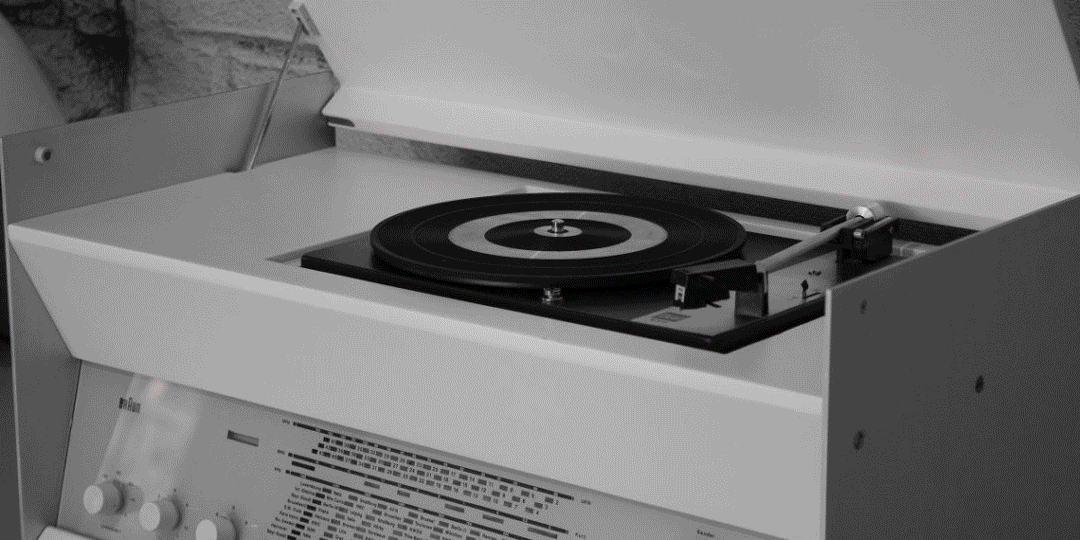As simple as it looks
Norma,
A few questions about simplicity deserve to be asked, especially given the very vague definition of the word.
How does "simple" relate to the designer's work?
Today's lexical confusion seems to be rooted in considering simplicity as only linked to the outward appearance of objects as something that can be quantified in an absolute way. However, the actual meaning is so open to interpretation that restricting it to superficial boundaries is in somehow harmful for the subject.
As "simple" gets too often replaced by "minimal", misinterpretations arise. Objects, buildings, graphics which are reduced to the point that they become very hard to understand are not the apotheosis of simplicity. They suddenly transform into noise, not differently than the ornate objects their designers so forcefully despise.
Process, content and meaning are aspects of design which are as important as the final form. Paradoxically, trying to simplify products until the point of reducing them to a meaningless or unusable state only starts adding complexity to them.

"One of the most important duties of designers today is to help clear up the chaos in which we live" wrote famed British architect John Pawson in the foreword to his book "Minimum", 1 commenting a quote from German designer Dieter Rams about the need of simplicity.
Reinterpreting an essay previously published on Gute Process, 2 an externally polished product with technical flaws is a bad design. When we create new problems we're adding to the chaos. On the other hand, giving clean interfaces that are easy to understand without reducing the user's ability to perform even the most complicated actions really means clearing up the chaos. That is what we identify as true simplicity.
“We find simplicity in a pencil, in clothing hangers, in a quick note written by hand as the writer didn't have enough time to consciously create complexity.”
In fact, there's no such thing as "too simple". Quantifying the absence of complications in a negative way means considering an important thinking process as a style that can be applied or removed or bought in specific quantities. Instead, actual simplicity in an object goes mostly unnoticed: only a trained eye can think about its implications. If the casual reader's eye gets lost in the details of a text instead of just reading it, something is not right, be it ultra-minimal or highly ornate.
We find simplicity in a pencil, in clothing hangers, in a quick note written by hand as the writer didn't have enough time to consciously create complexity. We feel the "simple" especially where it's not acclaimed by its author: the word is not mentioned even once in the aphorisms section of Claudio Silvestrin's book, 3 another renowned architect who's often superficially associated to the label "minimal".
In contemporary trendy reductionism, not only we can't find simplicity, but meaning and thought seem to be absent as well.
That's why we should learn to recognize simplicity, defending it against superficial interpretations, seeking it in every project regardless of its form. A clean result will naturally arise.